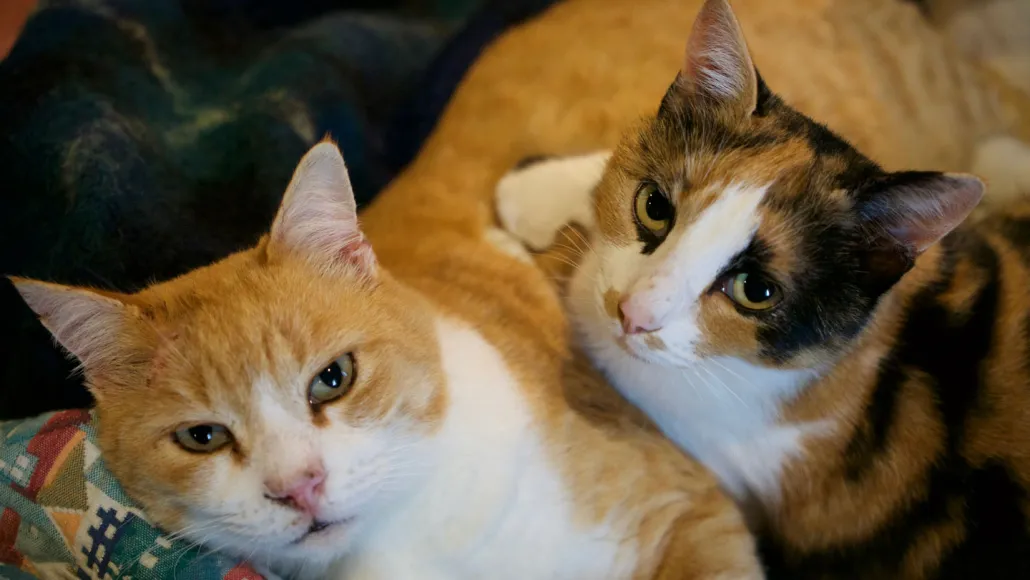Why Orange Cats Are So Goofy — And What They All Have in Common
Orange cats have a reputation for being quirky, clumsy, and charmingly chaotic — so much so that the internet jokes they all share a single brain cell. But now, scientists say they do share something: a specific piece of DNA.
Two studies published May 15 in Current Biology reveal that nearly all orange-colored house cats — including calicos and tortoiseshells — carry a distinct genetic deletion that changes how their fur gets its color. The mutation alters how pigment cells behave, nudging them to produce red-yellow pigments instead of the more common brown-black ones.
This discovery sheds light on a genetic puzzle that has confounded researchers for years: why orange fur in cats is linked to the X chromosome.
The Science of Ginger Fur
In domestic cats, the orange trait resides on the X chromosome. Since male cats typically have just one X (paired with a Y), they only need one copy of the mutation to be fully orange. Female cats have two X chromosomes, so to be entirely orange, they need both copies to carry the trait. If they inherit only one, they often become calico or tortoiseshell, with patches of orange and black — a result of X-inactivation, where only one X chromosome is active per cell.
But this kind of sex-linked pigmentation pattern is unusual — even wild cats like tigers don’t display it — which led scientists to believe something else must be at play in domestic cats.
A Genetic Clue From 900 Years Ago
Stanford University researchers, led by geneticist Chris Kaelin, analyzed DNA from about 30 orange cats and found they all shared a specific deletion near a gene called Arhgap36. This deletion ramps up production of the gene’s protein — but only in pigment cells. There, the protein blocks the genes responsible for producing black-brown pigment, allowing the red-yellow tones to take over.
A second team in Japan, led by Kyushu University geneticist Hiroyuki Sasaki, studied nearly 60 cats and independently found the same deletion. They also confirmed that more Arhgap36 protein meant less activity from the genes involved in making dark pigment.
What’s more, when the teams looked at a global database of 258 cats, every single orange cat had the deletion — and none of the non-orange cats did. That suggests this mutation traces back to a single ancestor, likely a cat that lived more than 900 years ago, based on depictions of calico cats in historic art.
A Mutation Unique to House Cats
The Arhgap36 gene wasn’t previously known to play a role in coat color. In fact, it’s mainly active in hormone-producing tissues, like the pituitary gland. Its role in pigmentation appears to be a quirk of domestic cats, not seen in other mammals.
So the next time your orange tabby knocks a glass off the counter or yells at a wall for no reason, just remember: their antics may be legendary, but their ginger glow is a rare genetic legacy nearly a millennium in the making.
